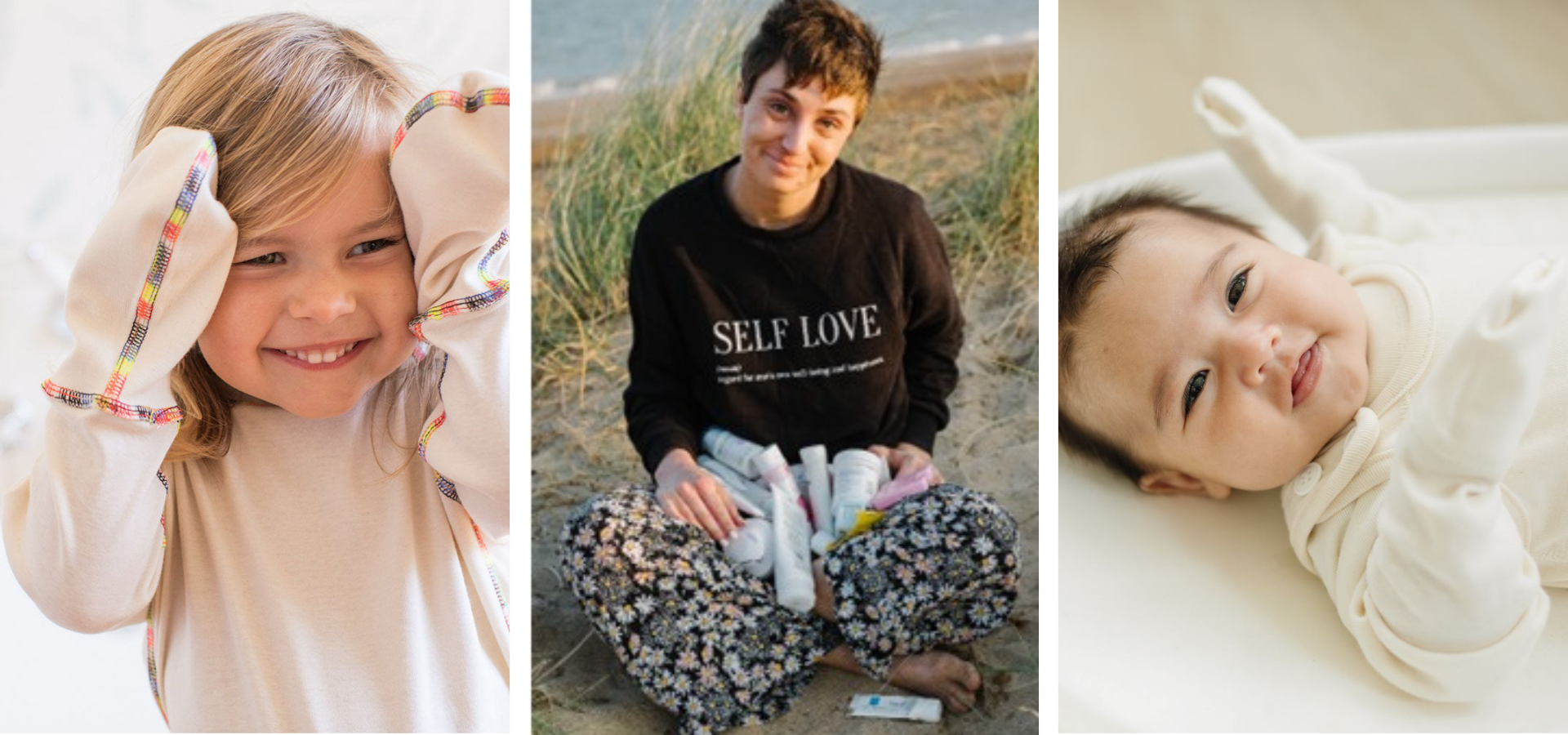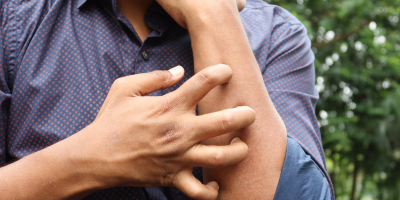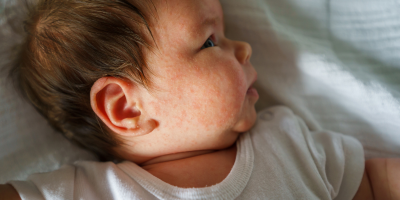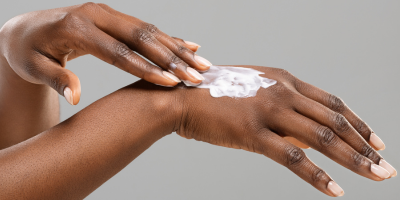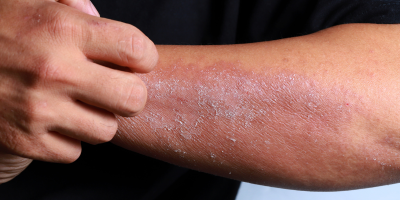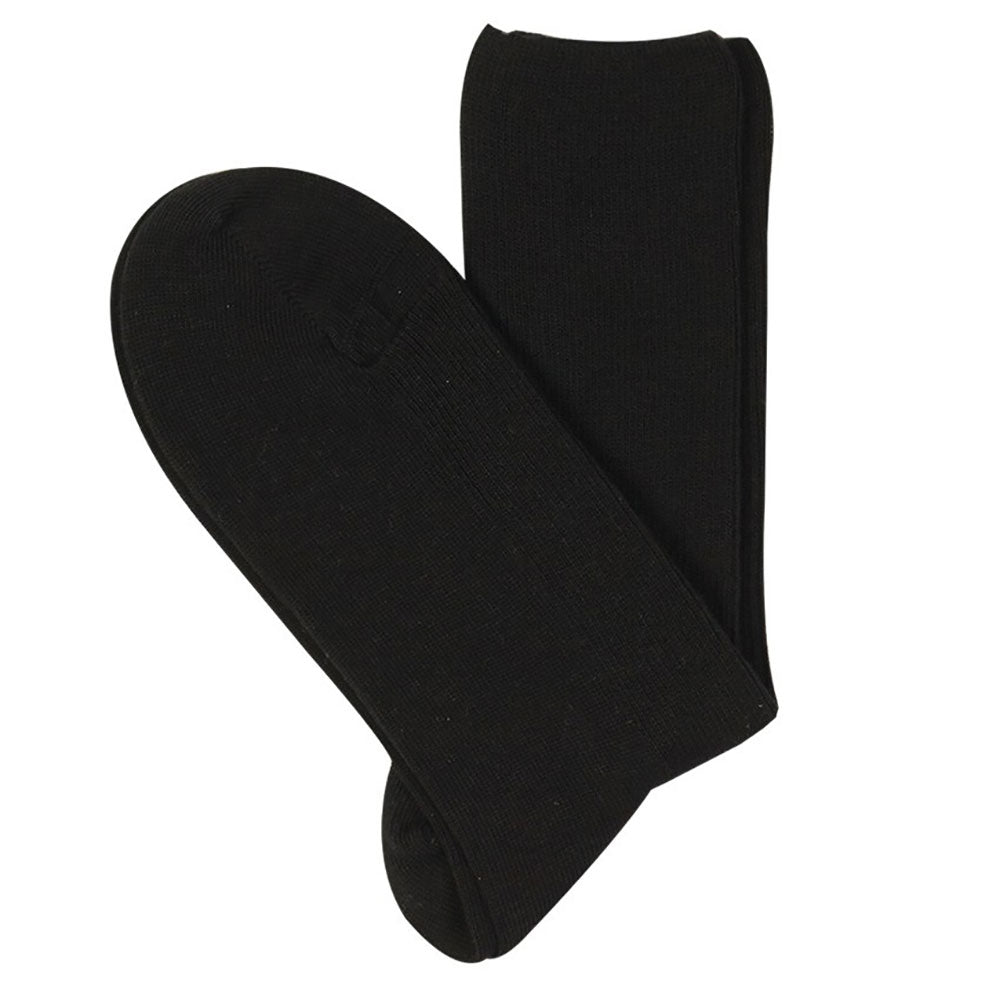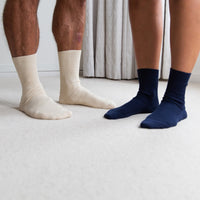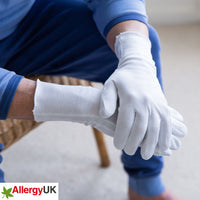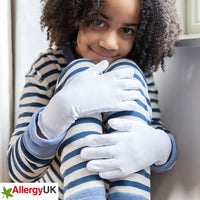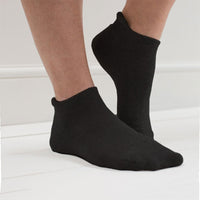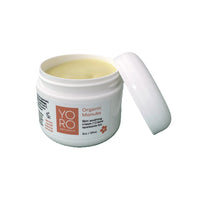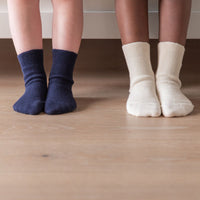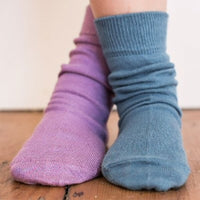The first day of school is a huge milestone: new uniform, new teachers, new friends, and a whole new world to explore. If your child has eczema, it can feel a bit daunting too with the prospect of managing itchiness, self-consciousness, or creams in the classroom.
The trick? Preparation. With the right clothes, routines, and a few insider tips, you can make sure the only butterflies are the happy kind, and help your little one step into the classroom with confidence and comfort.
Here’s how to give your child the best start.
Clothes
“Try to ensure at least their socks, pants and tights are Organic Cotton"

- Choose uniform pieces that are 100% cotton, ideally organic. See our stock or organic cotton school uniform here.
- Make sure underwear, socks and tights are made from organic cotton.
- Remove scratchy labels from clothing.
- Wash new uniform before wearing with non-bio washing liquid/powder, wash regularly thereafter.
- Cover arms and legs where possible to reduce allergens and scratching.
- Have spare clothing at school for accidents or flare-ups.
- Pack organic cotton gloves to wear when playing with paint, glue, or sand.
Food
- If your child has allergies, talk to staff about routines for drinks, snacks, and lunch
- Provide safe treats teachers can keep on hand (so your child isn’t left out).
-
Ensure there’s a healthcare plan in place for anaphylaxis or severe allergies.
Environment
“Carpets and grass can cause irritation”

- Dust, pollen and changes in temperature often trigger eczema.
- If possible suggest that they are not seated near an open window (pollen) or radiator (heat).
- Cover itchy arms/legs where possible
- If it’s hot it might be preferable to wear long sleeve shirts and trousers or try a tubi-grip to cover crooks of elbows / behind knees if your little one’s really want to wear shorts/ short sleeves.
- If they are likely to sit outside/on the floor make sure their teachers are aware that this could cause irritation and send a clean playmat or pillowcase for sitting outdoors or on carpets.
Medication & Creams
- Meet with the class teacher and first aider before term starts.
- Provide emollients and antihistamines in clearly labelled containers with written instructions.
- Explain that children may need short breaks to apply creams.
- Discuss whether a personal health plan is needed (especially if prescription medication is used in school).
Mental Health

- Encourage your child to talk openly about their eczema.
- Ask teachers to handle scratching with sensitivity: don’t just say “stop scratching”.
- Suggest age-appropriate activities to help classmates understand eczema.
- Identify a trusted adult at school your child can turn to.
- Build independence over the summer by letting your child practise applying emollients and managing triggers.
At Home & On The Go
- Keep spare organic cotton PJs or tops in the fridge for hot nights.
- Carry a cool cotton top for the car after school.
- Make after-school skincare a fun routine: quick bath or shower, emollient, comfy organic cotton PJs.

Final Tips for Parents
- Stay calm; if you’re stressed, your child will pick up on it.
- Make school something exciting to look forward to.
-
Encourage your child to see eczema care as part of growing up.
Connect with resources like the National Eczema Society’s school pack ›

💚 With preparation, communication, and organic cotton basics, school doesn’t have to mean stress for children with eczema.





